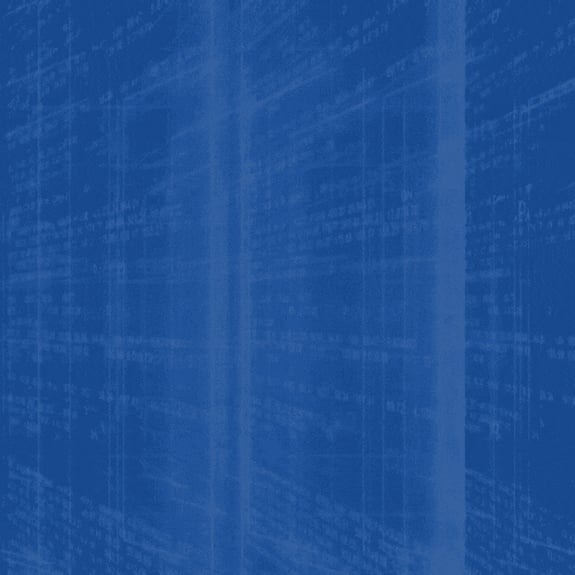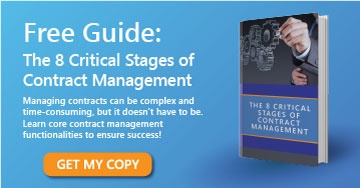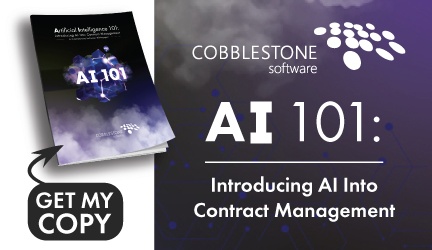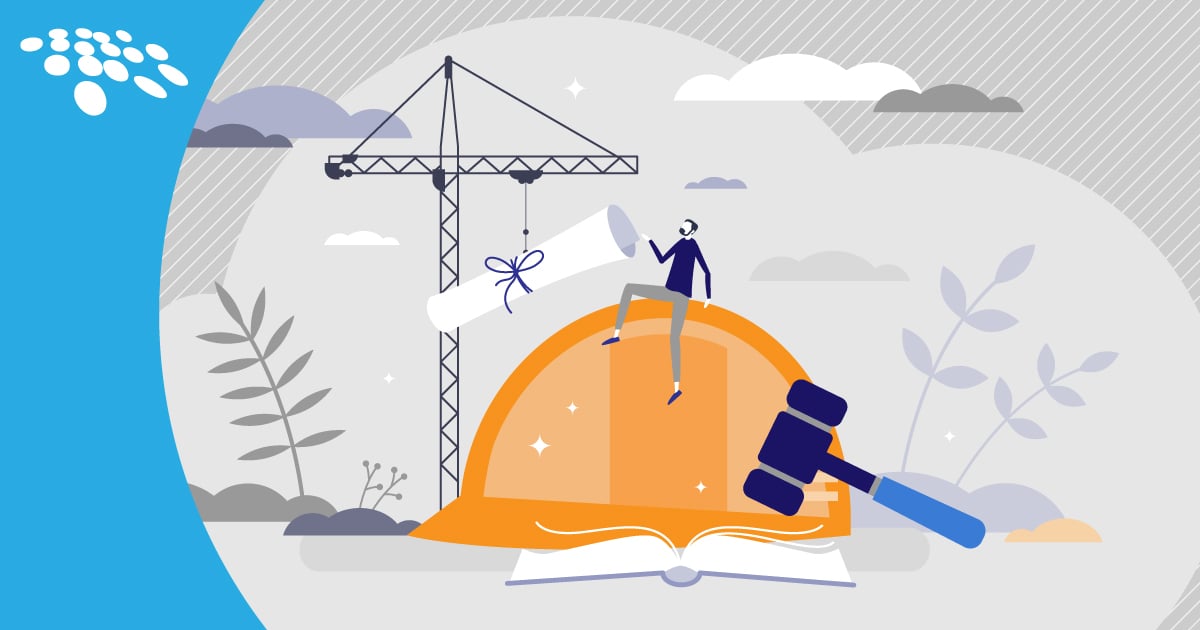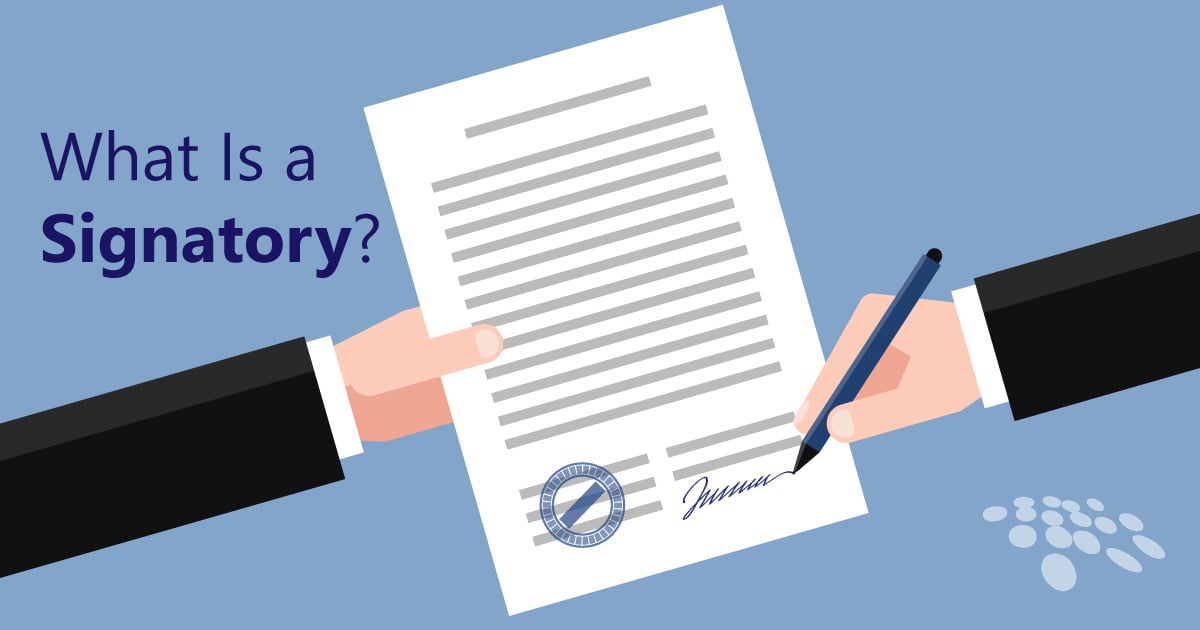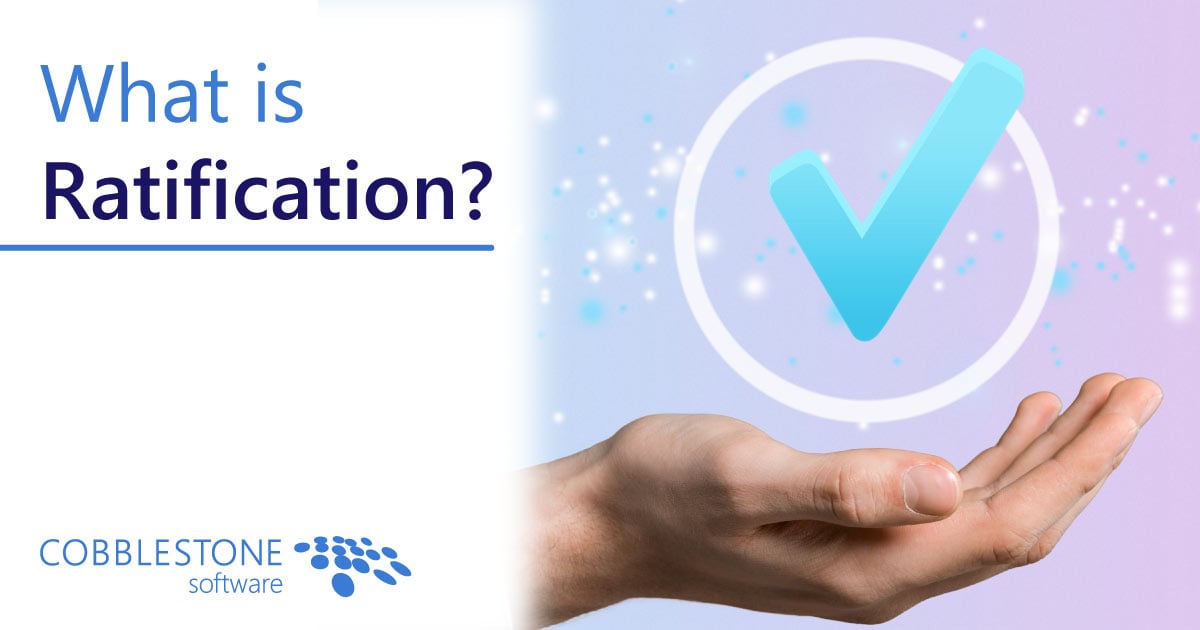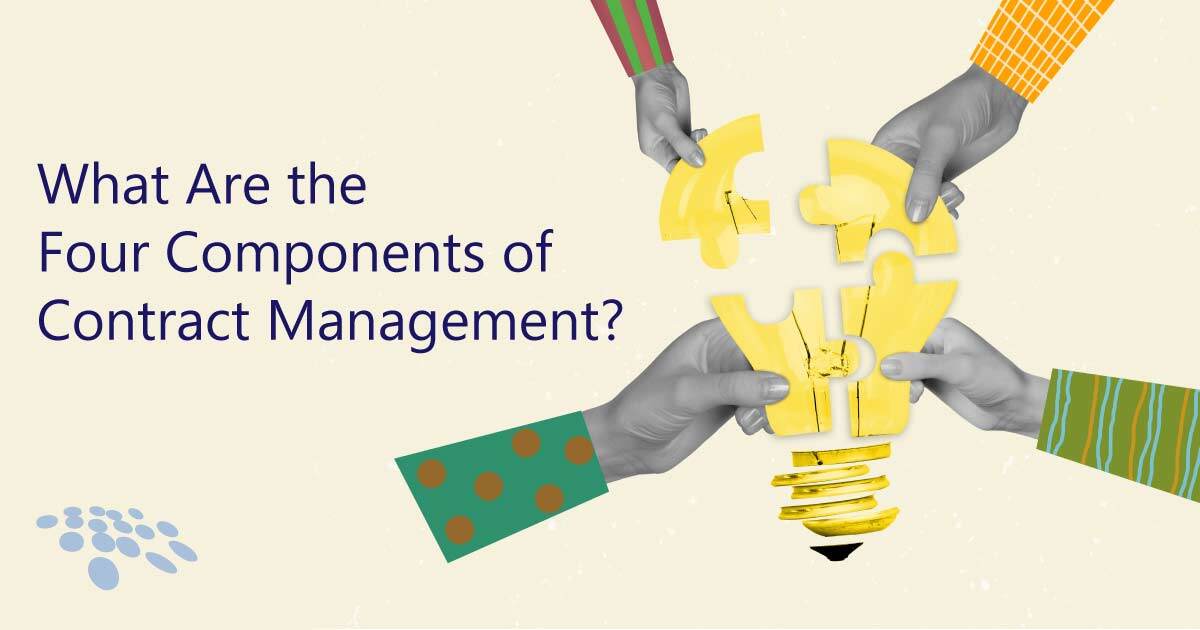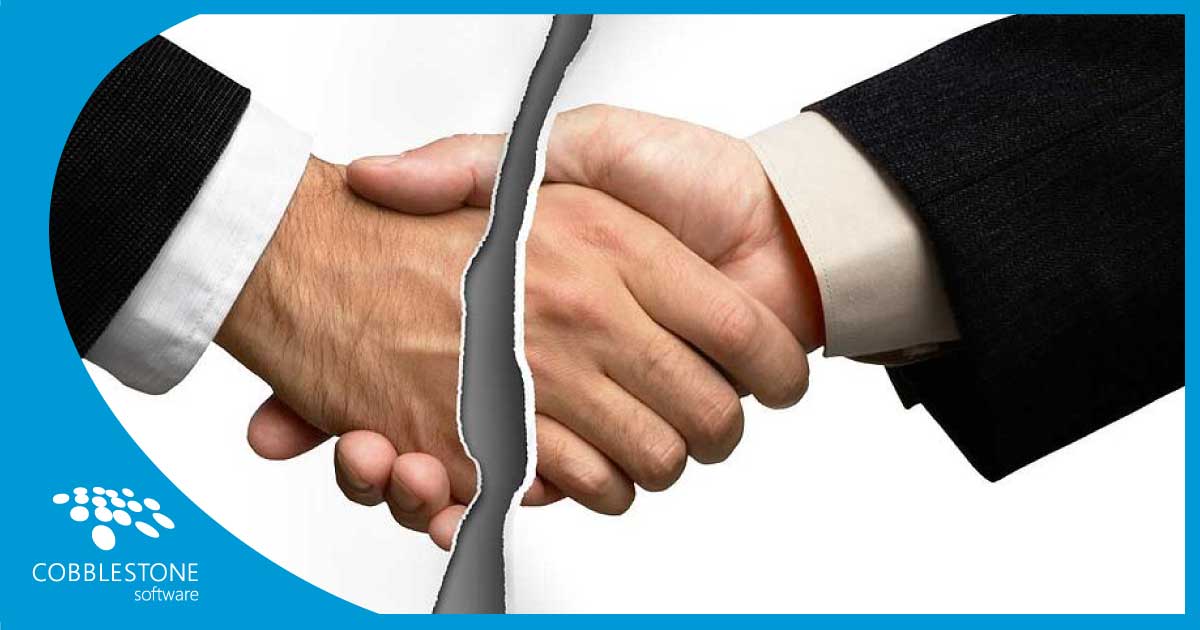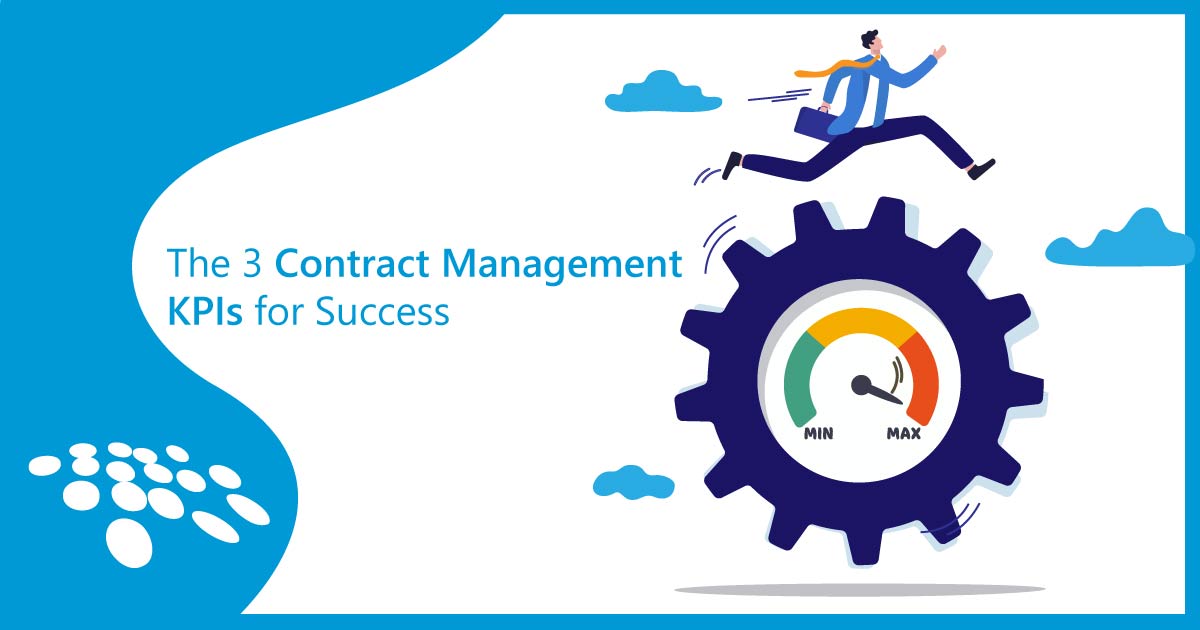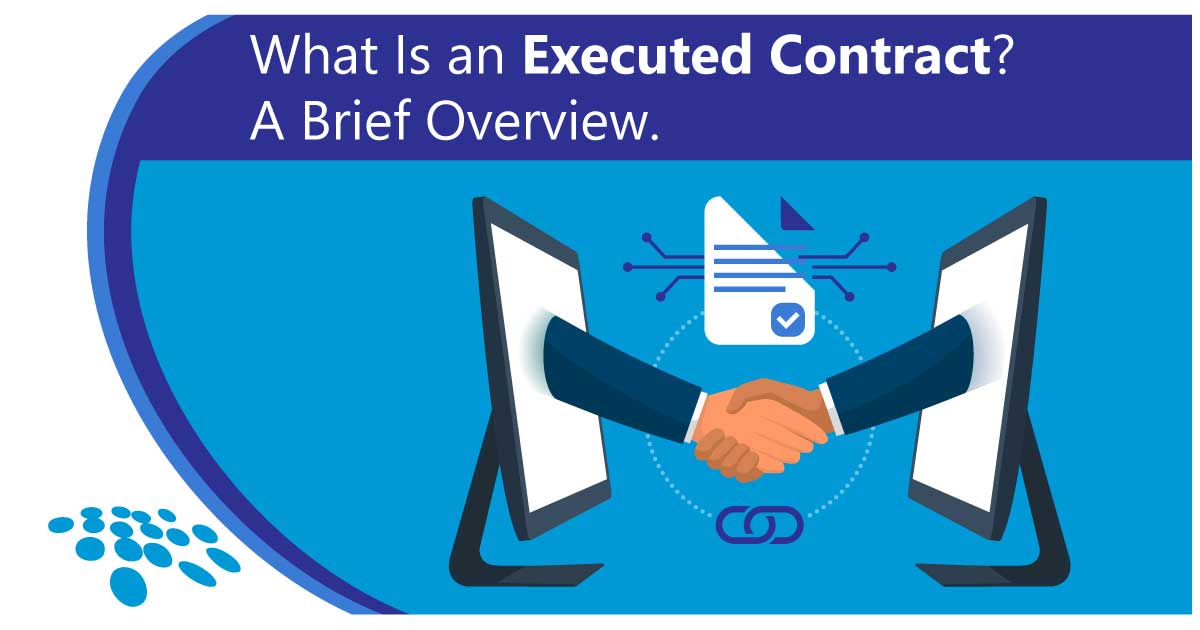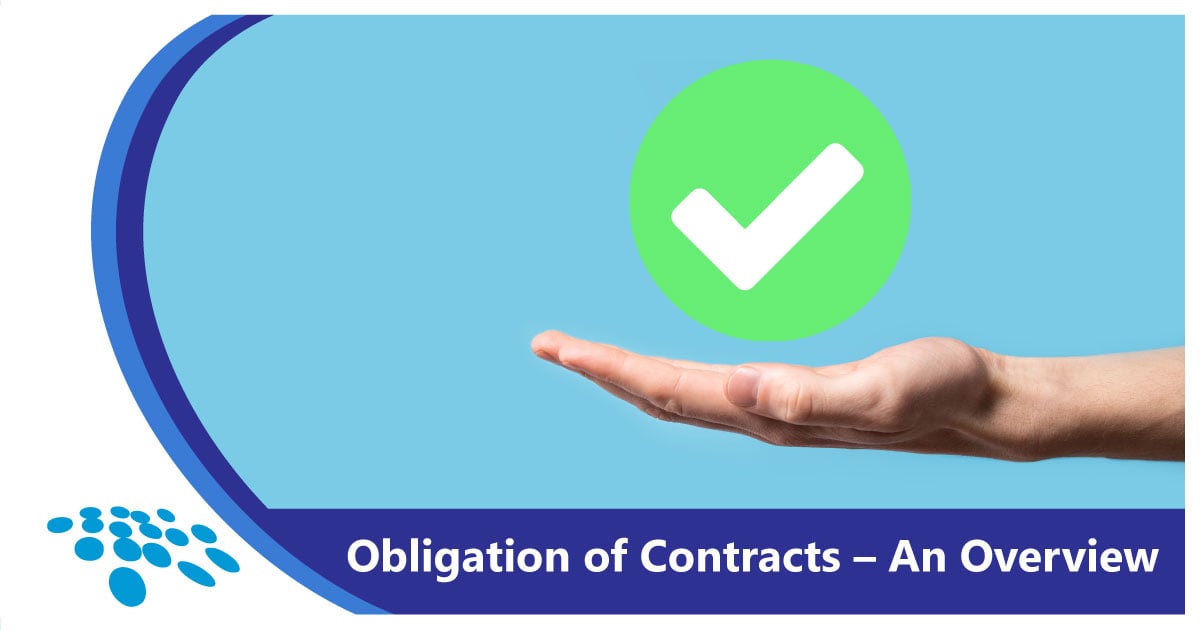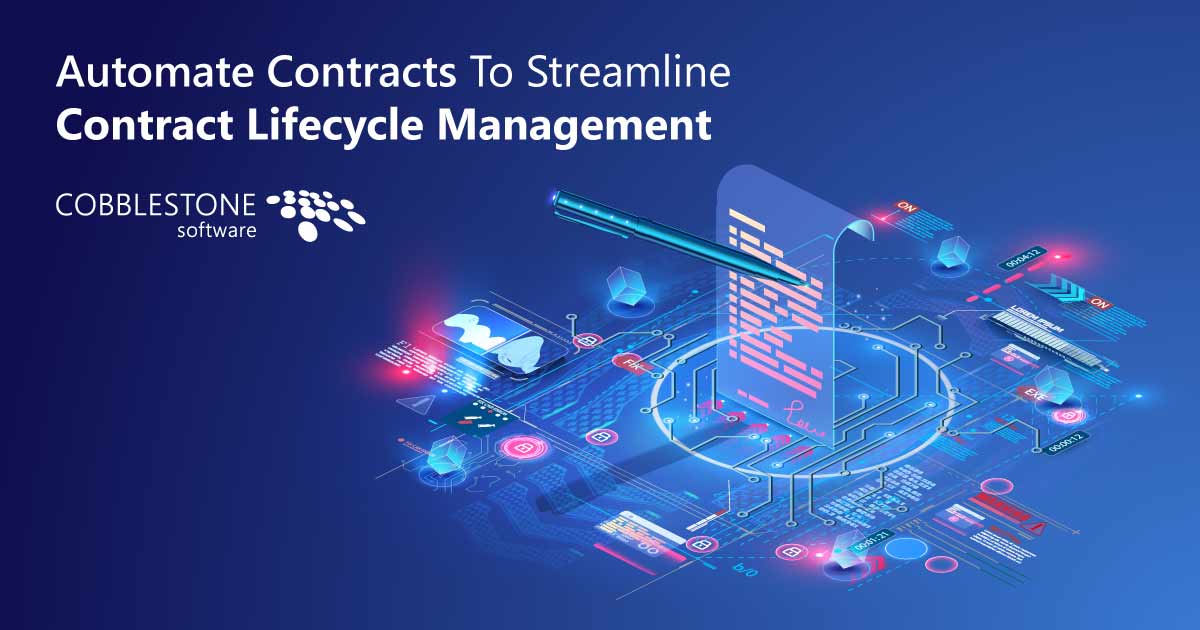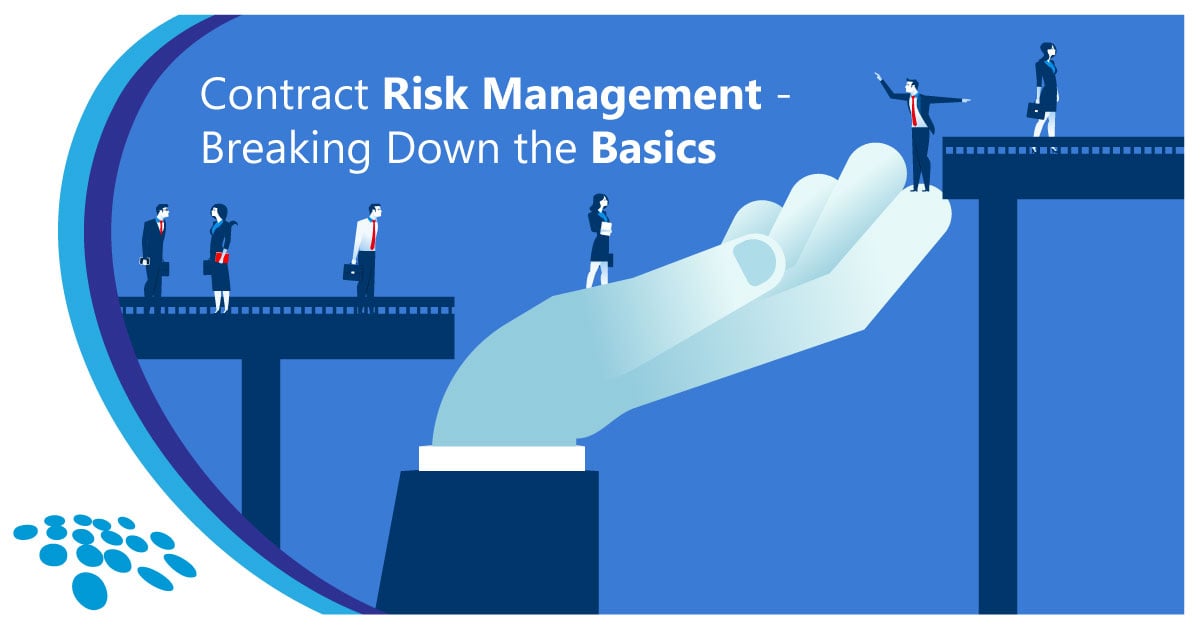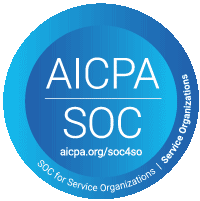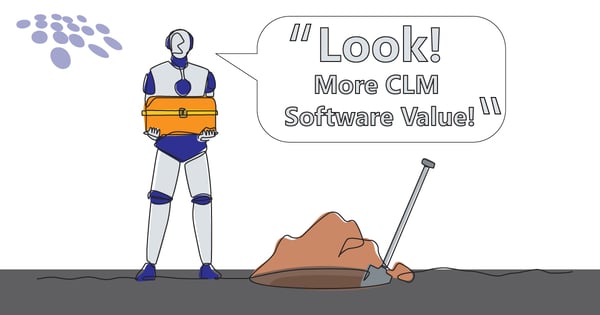
Today, let's talk about some secondary functions of contract lifecycle management (CLM) software that you may be missing out on that can provide immense value to your business processes.
Groundwork for Secondary CLM Functions
In addition to being a CLM software expert, your humble narrator is a big time life hacker. What do I mean? Repurposing everything for something else, of course!
Your head is for - well - your brain, your teeth, your eyes, and a bunch of other important things. However, did you know you can also hold your keys under your head to increase the distance from which you are able to lock and unlock your car?
Those little plastic bread clips are great for keeping your loaves nice and fresh. However, did you know you can also attach keys to them and label said keys to make things less confusing when you are heading out the door and need to grab your car keys instead of the ones for mail, your garage, your storage unit, and other ones you don't need?
Chopsticks are used by eastern societies and others around the world for meals. Did you know you can also use them to eat historically handheld snacks (think dusty chips and crackers) to avoid getting your hands dirty?
Dryer sheets are primarily used to make clothes smell fresh, but did you know they have a secondary function? You can put them in front of your A/C unit to make your house smell fresh!
Overlooking CLM Software's Hidden Value
Much like the items mentioned above, contract management software also has many perks that users regularly miss out on!
Consider the following hypothetical.
EnduringCorp is a mid-sized enterprise specializing in the manufacturing and distribution of electronic parts used in various consumer products. The organization has implemented a contract management software solution - primarily for storing and organizing its contracts. However, they do not utilize its secondary functions, such as eProcurement features and vendor collaboration tools.
EnduringCorp often struggles with disjointed business processes - as they believe their CLM solution is unable to help with bids or solicitations; this often leads to them using multiple disparate systems and channels to manually coordinate processes involving vendors. Vendor negotiations are sluggish and tedious due to a lack of online collaboration tools - causing delays and communication silos. Their purchase order management system operates in isolation - fostering a lack of visibility into spending against contracts. The absence of a database integration leads to valuable contract data being scattered within other business solutions - hindering informed and holistic decision-making.
By not leveraging the full suite of features their contract lifecycle management software platform can offer, EnduringCorp is missing out on streamlined operations, better spend management, improved vendor relationships, and more.
The Secondary Functions of CLM Software
Contract management software - commonly known for its primary role of streamlining contract lifecycle management - boasts a suite of secondary features that may fly under the radar - yet provide substantial operational perks. Contract management software offers auxiliary tools that can fortify an organization's holistic contract administration processes. These secondary functions can be game-breaking - offering everything from enhanced vendor management to advanced integration and connection.
#1 - eProcurement, Solicitation, & eSourcing
These features seamlessly marry contract processes with the creation, management, tracking, and monitoring of solicitations, procurements, bids, RFx, and vendor relationships. Organizations can enjoy tools for approving and advertising bids, online vendor bid responses, RFP rating and scoring, and converting solicitations to contracts.
#2 - Vendor Collaboration Gateway
This feature aids in online document exchange and negotiation, collaboration with vendors and clients, viewing contracts and agreement data, managing supplier reporting online, and collecting and comparing line items from vendors.
#3 - Purchase Order Management
Purchase order management extends CLM functionalities to track spend, purchase orders, and inventory. It includes configurable templates, workflows, purchase approvals, and supplier catalog item management.
#4 - Database Integration
Leading contract management software integrates existing key data between CLM software and an organization's other 3rd party software platforms - including systems like Oracle, MS SQL, MySQL, Salesforce, and MS Dynamics.
BONUS - Additional Secondary Functionality
Award-winning contract lifecycle management software also offers a custom public access portal to streamline FOIA request processing, OFAC search integration for regulatory compliance, and a FAR/DFAR library and GSA forms manager service.
CobbleStone Software: Full of Use Cases
At the end of the day, your organization cannot afford to settle for basic contract lifecycle management software features alone; you need a solution that is hackable for many different purposes and made for contract management, eProcurement, vendor management, and the other processes mentioned above...
...that solution is CobbleStone Contract Insight®.
Want to see CobbleStone® in action?
Book a free demo today!
Are you an existing client interested in the secondary features you may be overlooking?
Contact your account rep today!
*Legal Disclaimer: This article is not legal advice. The content of this article is for general informational and educational purposes only. The information on this website may not present the most up-to-date legal information. Readers should contact their attorneys for legal advice regarding any particular legal matter.


